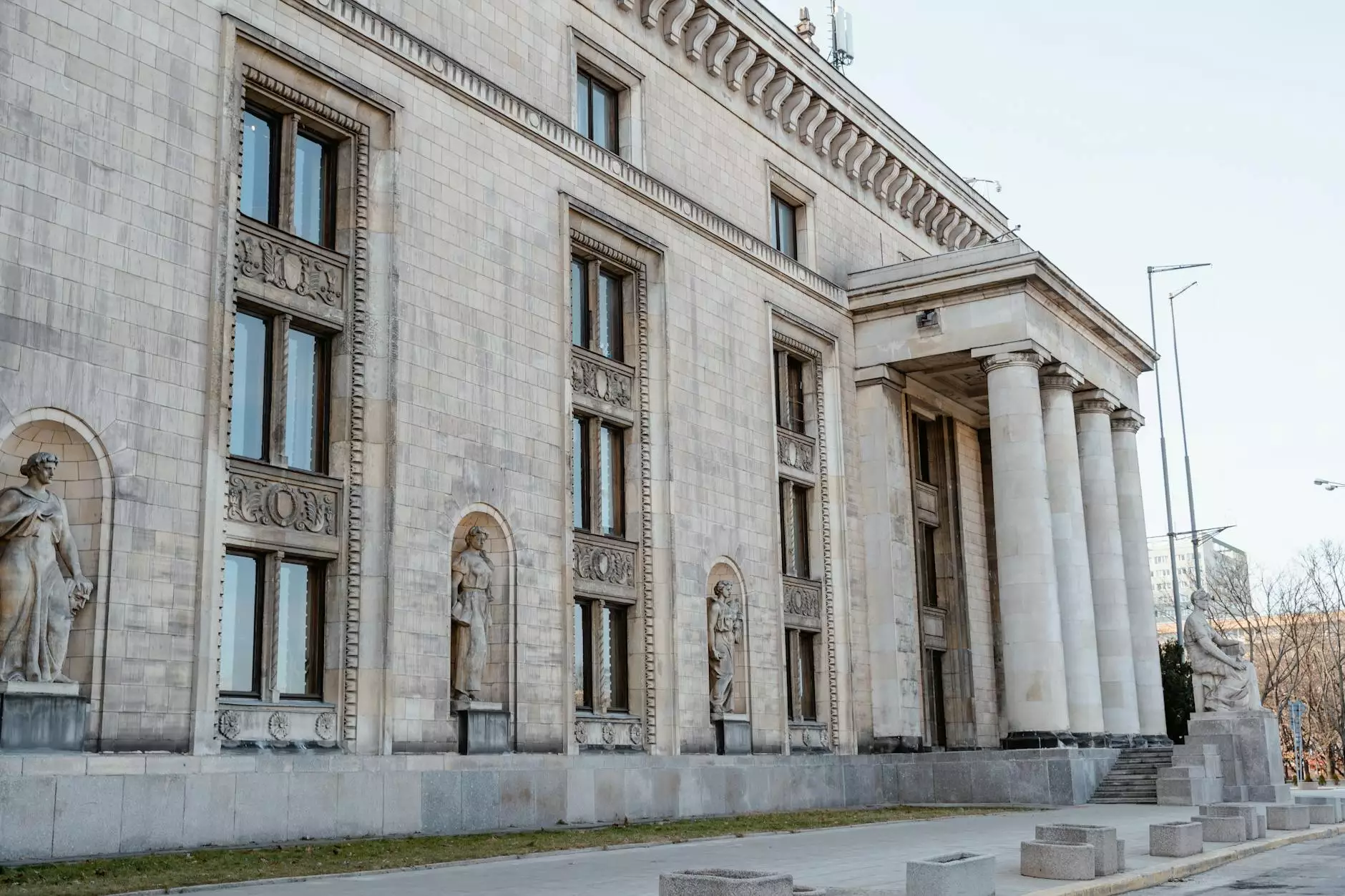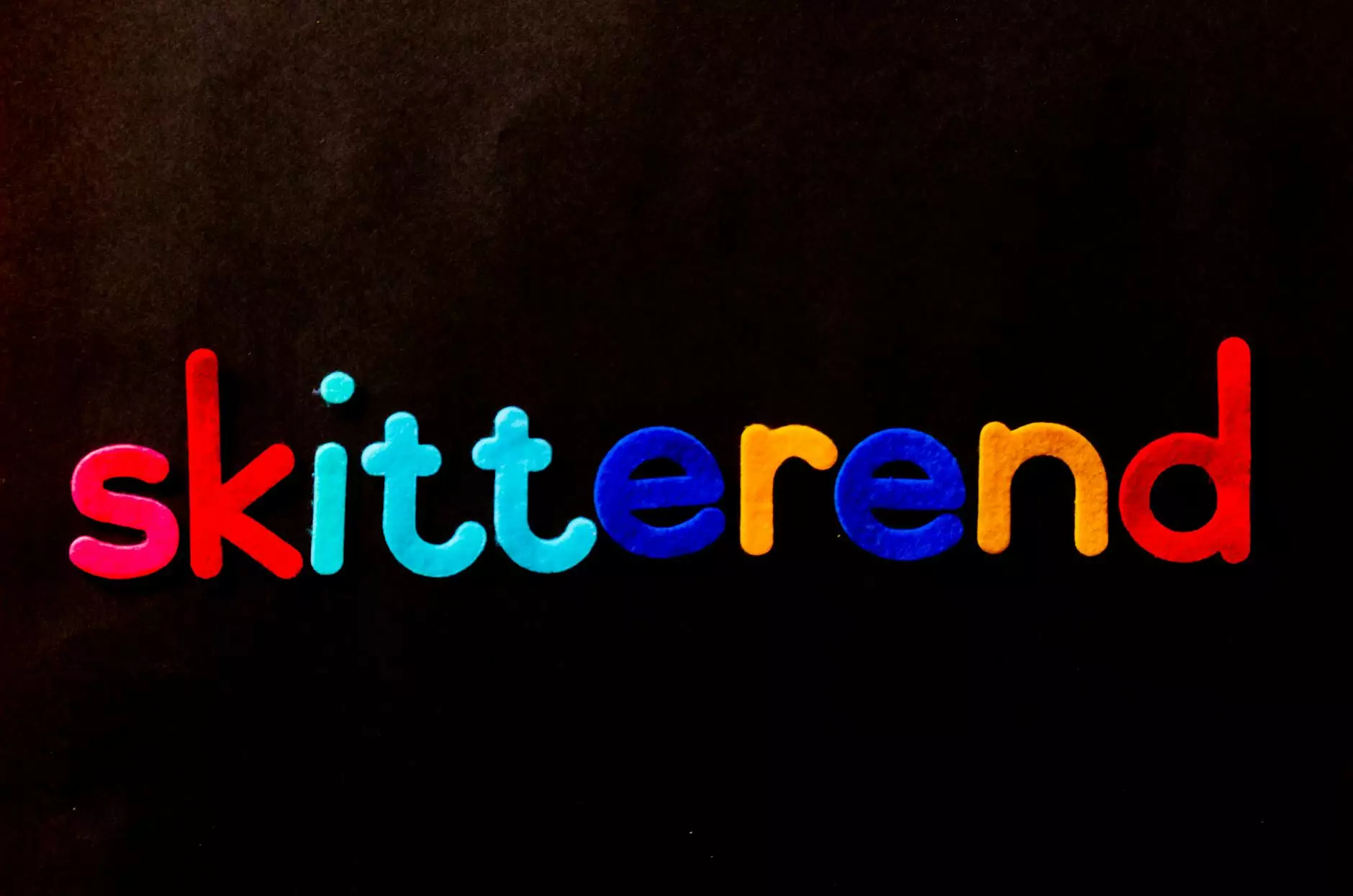Game of Thrones: Hierarchy and Violence
Resources
Introduction
Join AZ Humanities and Haven Family Resource Center as we delve into the captivating world of Game of Thrones. This popular TV series has gained worldwide acclaim for its incredible storytelling, intricate characters, and the exploration of power dynamics in a fantasy realm inspired by George R.R. Martin's novels.
The Fascinating Hierarchy of Westeros
One of the most compelling aspects of Game of Thrones is its portrayal of an elaborate social structure within the fictional land of Westeros. Noble houses and their dynasties play a crucial role in shaping the destiny of the Seven Kingdoms. Let's explore the primary layers of this intricate hierarchy:
The Iron Throne and the Ruling Houses
At the pinnacle of power is the coveted Iron Throne. This iconic symbol represents the central authority over the Seven Kingdoms. The ruling houses, such as House Baratheon, House Lannister, and House Stark, engage in strategic alliances, political maneuvering, and even physical combat to gain control.
The Great Houses and Lesser Houses
Beneath the ruling houses, numerous powerful noble families exist, each vying for influence and control. The Great Houses, including the Targaryens, the Tyrells, and the Martells, boast considerable wealth and expansive territories. In contrast, the Lesser Houses may have more limited resources but still possess important roles within the realm.
The Smallfolk and Peasants
While noble families dominate the hierarchy, the majority of Westerosi society consists of the smallfolk and peasants. Often overlooked, these hardworking individuals form the backbone of the realm, toiling in fields, working as tradespeople, or serving in various roles within the Great Houses.
Exploring the Disparate Forms of Violence
Game of Thrones also delves into the dark and violent side of its fictional universe. This exploration of violence is not limited to battles and bloodshed; it extends to various facets of the narrative:
Intrigues, Betrayals, and Political Maneuvering
The struggle for power within Westeros often leads to complex intrigues, betrayals, and political maneuvers. Noble families employ cunning strategies, espionage, and manipulation to advance their own agendas, resulting in tense and sometimes fatal encounters. This narrative aspect highlights the potential for violence in subtler, yet equally impactful, forms.
Battles, Warfare, and Epic Conflicts
No exploration of Game of Thrones is complete without acknowledging the epic battles and warfare that engulf the Seven Kingdoms. The series portrays intense clashes between armies, showcasing the brutality and devastating consequences of battles for both combatants and innocent civilians caught in the crossfire.
Character Development and Personal Struggles
Violence in Game of Thrones is not limited to physical altercations; it delves into the psychological and emotional impacts on its characters. The series explores the internal battles faced by individuals as they navigate treacherous environments and confront their own flaws, often leading to profound personal transformations.
Conclusion
Discover the captivating world of Game of Thrones and dive deep into the intricate hierarchy and portrayal of violence within the series. Join AZ Humanities and Haven Family Resource Center as we unravel the tangled web of power dynamics and the consequences of violent struggles in Westeros.
Note: This web page is created for informational purposes and is not affiliated with or endorsed by HBO, George R.R. Martin, or the creators of Game of Thrones.










